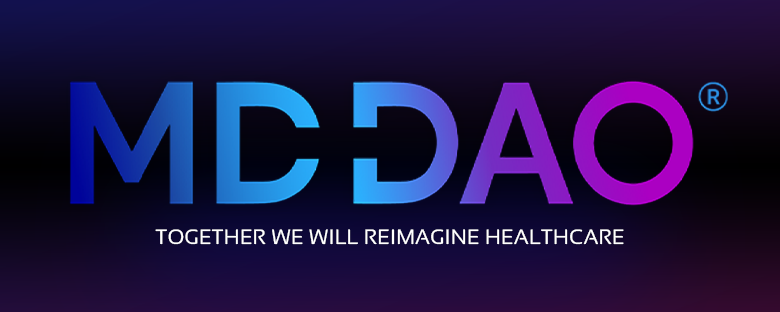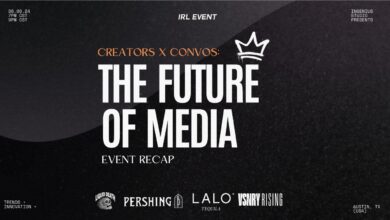MDDAO: The First Medical Metaverse + Ted Cohen Joins Advisory Board

We are excited to share the news that Ted Cohen, MediaTech Venture’s Head of Corporate Development, has joined the Board of Advisors at MDDAO. Moreover, OG Arabian Prince, one of the founders and CEO of MDDAO, is a member of MediaTech Ventures’ advisory board. This is a solid move in the right direction toward cultivating a healthy partnership for the future of cryptocurrencies and the metaverse.
MDDAO is the first medical metaverse. It aims to define a new healthcare blueprint through a decentralized autonomous organization formed to harness the insight and imagination of communities. It is the ecosystem that enables and enhances technology value, application & secure integration.
Their project pillars are:

MDDAO’s role is to harness the power of the community – MyMedV metaverse will be a springboard of change and innovation.
But what is DAO?
In order to appreciate DAOs, one must first grasp the underlying technology of the system. Blockchain technology and smart contracts, which are compilations of code that function on the blockchain, are used by the majority of decentralized autonomous organizations.
Digital, decentralized ledgers are known as blockchains. In addition to publicly recording transactions involving cryptocurrencies like bitcoin and other digital assets like NFTs, blockchains can be used for a number of other applications. DAOs may rely on the blockchain to keep its rules and structure intact.
“Decentralized Autonomous Organization” (DAO) is a community-led organization that has no centralized authority. An autonomous and transparent system may be created by using smart contracts, which establish and implement the rules of play, and which can be audited at any time.
In the end, a decentralized autonomous organization (DAO) is run solely by its members, who make key choices regarding the project’s future, such as technological improvements and treasury allocations.
There is often a hierarchy in traditional organizations. The structure of an organization is defined and modified by a board of directors, executive team, or management.
DAOs, on the other hand, do not have a central administrator. Rules and governance of each DAO are written in smart contracts which exists on the blockchain and cannot be changed without the approval of DAO’s members.
“The key objective of a DAO is value creation, and we look forward to seeing MDDAO harness the power of its community and their actions, resulting in great effects in the medical and healthcare space. Leveraging the power and benefits of a DAO where a community is able to take ownership of an area that people feel is often out of their control is going to be game-changing.”
Marlon Montgomery, Chief Technology Officer at MediaTech Ventures






